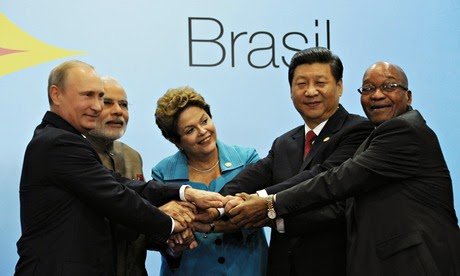
It is likely that this sector will have significant investment in technologies to ensure seamless integration of services encompassing all the partners. So it has significant potential for investors to make a mark. As many tier-II cities are still untapped, companies which remain lean and manage their suppliers well can ensure both top and bottom line growth.
You might like reading:
Can IT transform Indian education system ?
Education is one of the most important factors in the growth and development of any country. When it comes to India, it has world’s third largest education system, after China and US. With such large education system, it becomes more important as well as difficult to implement new and modern changes into the system. One such change is the integration […]

The BRICS Bank- Is it the solution?
The term BRIC(S), was coined by Jim O’Neill to mark the emerging economies of Brazil, India, Russia, China and South Africa. These economies are expected to be the dominant force of world trade and economic supremacy in the coming two decades and together presently control more than 20% of the world GDP. This share is expected to more than double […]






























